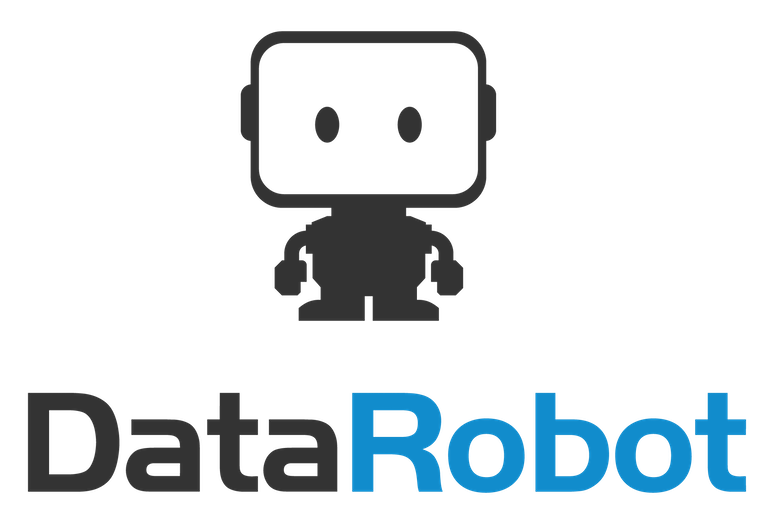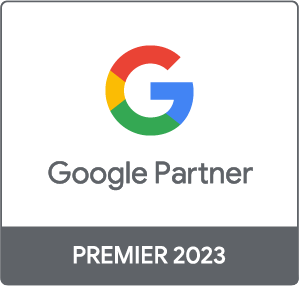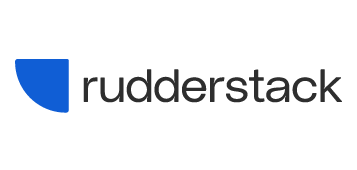The customer journey is complex — spanning platforms, touchpoints, and points of purchase. As much as we might like to think this path is linear and easy to predict, the hard truth is that the customer journey is always evolving — especially as people’s intents and go-to channels change.
That means, to most effectively understand and reach customers along that journey, marketers need to be tracking journey analytics.
As Simone Drei, Head of Optimization at BitBang said: “If you want to properly work on journeys, you need to analyze the behaviors of your customers through each different touchpoint and define a strategic plan of interaction with them, considering also which are going to be the most probable future interactions. Only in this way can you deliver the best possible experience.”
While Forrester has been reporting on customer journey analytics for years, many brands are still grasping the importance of these metrics in building customer-first marketing strategies. That is, they’re pushing brand goals more than actually considering the needs of their audiences.
“If we insist on trying to force our traffic through paths defined by us instead of listening to [customers] and letting them be in control, we’ll end up providing bad journeys, which means bad experiences, frustration, and less money for our company,” Drei added.
If this sounds like your business, it’s not too late to adapt. But it is time to make a strategic shift from a brand-first perspective to a customer-first approach. And you can do that by tracking customer journey analytics.
Here’s what you need to know.






















































































